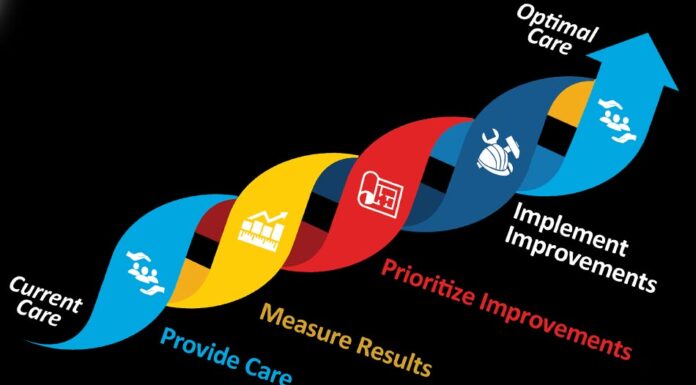Table of Contents
Fire alarms have come a long way from simple bells mounted on walls. In today’s fast-paced world, where every second counts, modern fire alarm systems play a crucial role in ensuring early detection and saving lives. In this article, we will delve into the advancements in fire alarm technology and how these systems have evolved to become indispensable guardians in our homes, workplaces, and public spaces.
The Evolution of Fire Alarm Systems
From Bells to Smart Sensors
Gone are the days when a ringing bell was the only indication of a fire emergency. Modern fire alarm systems leverage smart sensors and sophisticated technology to detect even the slightest signs of smoke or heat. These sensors are the silent heroes, constantly monitoring the environment and ready to sound the alarm at the first hint of danger. These Fire Protection Services Houston can advise you on the best modern alarms for your business needs.
Integration with Smart Technology
Imagine a fire alarm system that not only alerts you to a potential fire but also communicates with other smart devices in your home or business. Today’s systems can be seamlessly integrated with smart home technology, enabling them to not just sound an alarm but also turn off HVAC systems, unlock doors for easy evacuation, and even alert emergency services automatically.
The Importance of Early Detection
Seconds Matter
In a fire emergency, every second is critical. Early detection can mean the difference between a managed evacuation and a devastating tragedy. Modern fire alarm systems are designed to provide swift and accurate alerts, allowing occupants to escape to safety before the situation escalates.
Protecting Lives and Property
Beyond the immediate threat to lives, early detection also plays a vital role in minimizing property damage. A prompt response to a fire can help contain the blaze, preventing it from spreading and causing extensive destruction. Fire alarm systems are not just about saving lives but also about safeguarding our homes, businesses, and cherished possessions.
Key Components of Modern Fire Alarm Systems
Smoke and Heat Detectors
The backbone of any fire alarm system, smoke and heat detectors are the first line of defense. These detectors use advanced technology to identify the earliest signs of a fire, ensuring a rapid response.
Control Panels
The brains behind the operation, and control panels are the command center of a fire alarm system. They receive signals from detectors, and trigger alarms, and can initiate automated responses, making them integral to the effectiveness of the system.
Notification Devices
From piercing sirens to flashing lights, notification devices are what grab our attention during an emergency. Modern systems utilize a variety of notification methods to ensure that occupants are alerted, regardless of their location within a building.
Overcoming Challenges in Fire Detection
False Alarms
One of the challenges faced by traditional fire alarm systems was the occurrence of false alarms. Modern systems, equipped with advanced algorithms and sensors, have significantly reduced false positives, ensuring that alarms are only triggered when a real threat is detected.
Monitoring Remote Locations
With the increasing trend of remote work, it’s crucial to have fire alarm systems that can monitor locations even when no one is physically present. Remote monitoring capabilities allow for a swift response, whether the building is a bustling office or a vacant vacation home.
The Future of Fire Alarm Technology
Artificial Intelligence Integration
The next frontier in fire alarm technology is the integration of artificial intelligence (AI). AI algorithms can analyze data from various sensors in real time, distinguishing between false alarms and genuine threats with unprecedented accuracy. This promises to further reduce response times and enhance overall system reliability.
Environmental Monitoring
Beyond fire detection, modern systems are expanding their capabilities to monitor environmental conditions. From gas leaks to changes in air quality, these systems are evolving into comprehensive safety platforms that go beyond fire emergencies.
Smart Predictive Analytics
The future of fire alarm systems is moving towards predictive analytics powered by machine learning algorithms. These systems will not only detect current threats but also anticipate potential fire hazards based on historical data and patterns. This proactive approach can revolutionize fire safety, allowing for preventive measures before an emergency even arises.
Conclusion
As we navigate the complexities of the modern world, the importance of reliable fire alarm systems cannot be overstated. From their humble beginnings as clanging bells to the sophisticated, interconnected systems of today, these guardians have evolved to meet the challenges of our fast-paced lives. Early detection, integration with smart technology, and constant innovation are the hallmarks of the fire alarm systems that stand watch, ready to protect lives and property at a moment’s notice. Embracing these advancements ensures that, in the face of danger, we have the best possible chance to escape unharmed.















